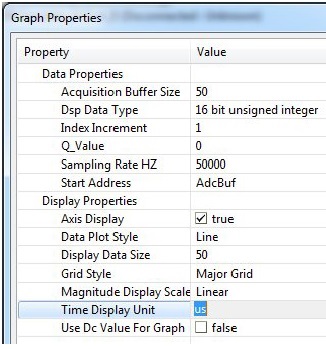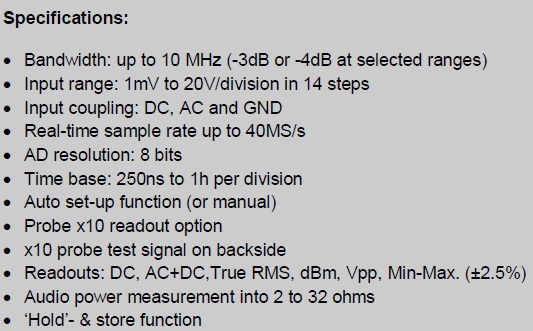Hi everyone, I'm a beginer and i like to know if is absolutely necessary an external oscilloscope to display waveforms of PWMs, i am working with an TMS320c2000 Microcontroller F28027, thanks in advance.
-
Ask a related question
What is a related question?A related question is a question created from another question. When the related question is created, it will be automatically linked to the original question.



